Eating For The Planet
What’s the most significant contributor to climate change and the detriment of our planet? Drum roll, please, it’s food! All food must be grown, processed, transported, distributed and often disposed of. Each step creates greenhouse gasses that worsen climate change.
Since a third of all human-caused greenhouse gas emissions are linked to food, what we eat has a major impact. But the impact goes both ways; even small changes in the food we buy and consume could have lasting positive outcomes for the environment, including fewer toxic chemicals, reduced global warming emissions, and preservation of our ocean resources.
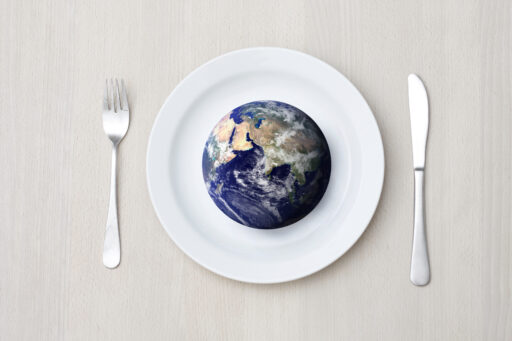
Here are ways to lower your food-related carbon footprint:
Eat Locally!
When we support local farmers, we support and strengthen our communities instead of large corporations that pump out GMO foods. Buying locally supports local workers who do the planting and harvesting; the companies that provide equipment, seeds, and service; and the local markets that sell them.
Another important reason to buy locally produced, organic food is the carbon footprint of imported, heavily packaged, and processed food. When buying food, ask yourself—is this item a world traveler?
Transporting produce around the globe for processing and packaging wastes natural resources and harms the environment. Long-distance, large-scale transportation consumes vast amounts of fossil fuel.
How much fossil fuel, you ask? We currently use almost 10 kcal (kilocalories) of fossil fuel to transport every 1 kcal of energy we get as food. Transportation also generates carbon dioxide emissions. Some forms of transport are worse than others. Air freight generates 50 times more CO2 than sea shipping, which is slower. But our increasing demand for fresh food means it’s being shipped by faster (and more polluting) means.
Find a Farmers’ Market!
Your local, organic farmers’ market is a great place to hit up in your community. You’re more likely to find produce grown without the use of pesticides. Plus, you can chat with your farmer! It’s a delight to know where your food comes from.
Eat Organic
Organic food is produced by farms committed to environmentally conscious agricultural methods. It’s grown without toxic pesticides, fertilizers, hormones, unnatural feed, or antibiotics. Organic farmers are required to meet rigorous government standards.
However, even organic food may still travel long distances, which creates pollution—possibly enough to outweigh the positive environmental effects of organic farming. Another argument for buying locally! Plus, the higher demand is for organic food, the more organic farming practices will grow, which is healthy for us and our environment.
Eat Less Meat
Four United Nations bodies now agree that animal agriculture accounts for at least 51% of global greenhouse gas emissions. Fifty-one percent! Bear in mind that all forms of transportation combined are roughly 13%. Let’s apply these statistics to a real-life example. Burning one gallon of gas produces around nine kilograms of CO2 emissions. On the other hand, one pound of beef accounts for roughly 35 kilograms of CO2 emissions.
So, you can fight climate change with your diet by following these guidelines:
- Eating less meat
- Eating more plant-based food
- Growing your food
- Eating locally grown and produced food
- Eating organic foods
- Reducing food waste
Use Leftovers and Reduce Food Waste
Food waste is a huge environmental problem. One-third of all food produced worldwide is thrown away. The overproduction and waste of food impact our water consumption as well. Here in the USA, 25% of our freshwater is used for food production. This is a massive issue as we continue to battle droughts in many places. It also comes with a hefty price tag; in the US, more than 30 percent of our food, valued at $162 billion annually, isn’t eaten.
Ways To Reduce Food Waste:
- Store foods to help extend their life. Potatoes, onions, garlic, tomatoes, turnip, cucumbers, and squash should be kept in a cool area. Cucumbers should be wrapped in a moist towel if stored in the fridge.
To delay decaying, place a paper towel or clean tea towel in your crisper and storage containers to help soak up any excess moisture. If you need to revive pre-rinsed beets, celery, carrots, herbs, or greens, simply soak them for 15-30 minutes in cold water. You also can stand kale, chard, herbs, and beet tops in a jar of cold water, just as you would for cut flowers.
- Make a meal plan for the week and stick to it! Be sure to use leftover and soon-to-expire foods first. We’re all familiar with this scenario: it’s dinnertime, the kids are starving, and we’re drawing a blank about what to make for dinner. In a flurry, we cook food with a longer expiration date or, even worse, order pizza. Meal planning saves our sanity and saves money; with just a little thoughtful planning and prep, weekday dinners are a breeze.
- Clean out your fridge and freezer often. Inventory what you have, then build a meal plan from that. So often, I will find in the bottom or back of the fridge or freezer food that I would have wasted otherwise because I didn’t know we had it.
Buy Package-Free Bulk Foods
Too much of all food packaging is purely for marketing purposes. According to earth911.com, food packaging accounts for about 8 percent of food’s cost. A study by Portland University found that companies marketing bulk foods versus packaged foods would see an average 54% reduction in material and delivery costs on items including bulk confections, dried fruit, nuts, and trail mix.
Food packaging takes a tremendous amount of energy and resources. Massive amounts of paper, water, aluminum, and plastic go into producing wrappers, bags, and boxes for food products. Sadly, less than half of recyclable packaging material is recycled, so the rest is sent to landfills. Although recycling is a great way to reduce waste and a much better option than throwing more garbage into landfills, the materials that do get recycled still require energy and resources for reprocessing them into new products.
Bulk foods require minimal packaging. Naturally, if you buy your bulk in plastic bags, that creates more waste. Instead, do what we do: simply bring the glass jars used to store the foods and fill them directly. Check out this site for reusable bulk food bags.
Bulk foods are usually less expensive than prepackaged foods because excess packaging, marketing, labels, and fancy logos cost money. I also like that you can buy as many or as few bulk items as you prefer.
Grow food
In this day and age, the easiest thing to do is buy your food from the supermarket. But growing food on any scale has a much lower carbon footprint. Your food doesn’t have to travel to a store or farmers’ market, and you can be positive that no pesticides or chemicals were used in production. This is also the best way to eat food with minimal packaging.
Compost food scraps
More than 24% of the garbage that Americans throw away is food waste. Where does that waste end up? Overflowing landfills. Most people assume that food waste that goes to a landfill will decompose, but food in a landfill is an environmental problem. It decays without oxygen and moisture, generating methane. This greenhouse gas is 21 times more potent in its heat-trapping capabilities than carbon dioxide.
Composting is a great way to keep organic material out of landfills. Food and garden waste can serve a much more fruitful purpose. Compost can be used as a naturally rich fertilizer for growing vegetables, trees, plants, lawns, and flowers.
What’s your plan for eating green and reducing food waste? Share with us in the comments!
Going meatless one day a week for the planet


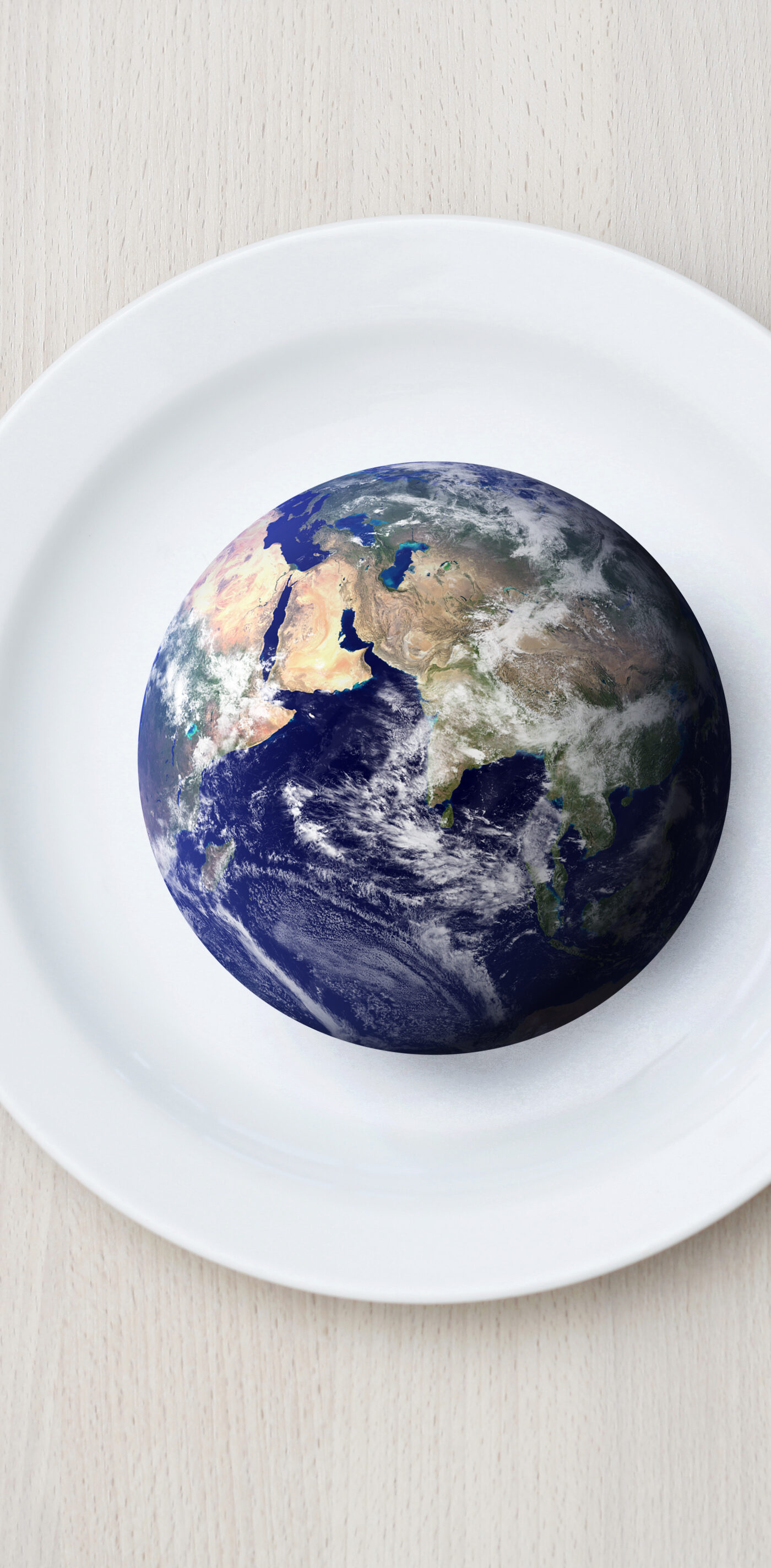

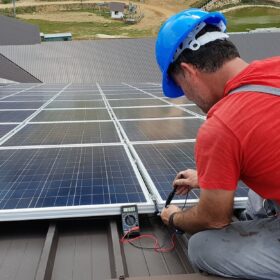

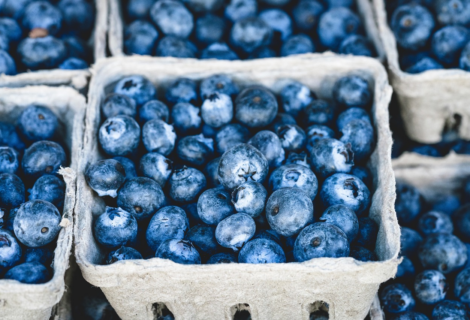
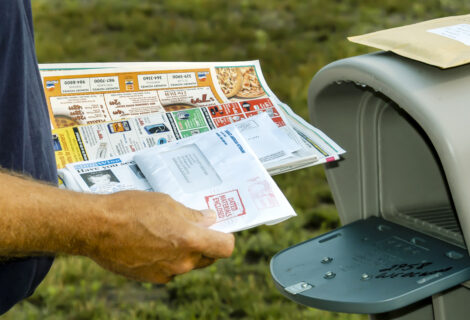
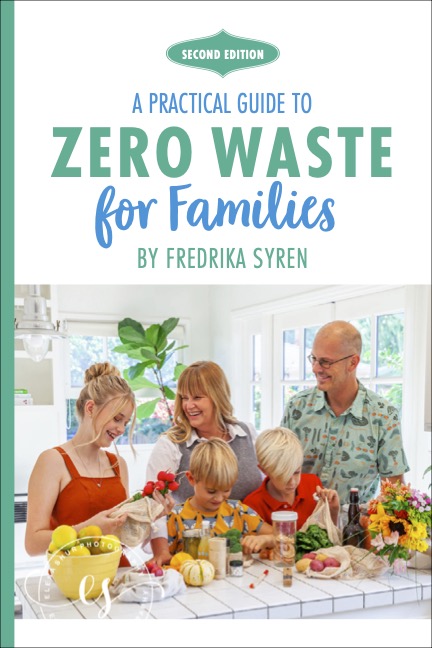

Raakhee Stratton
I used to love going to the farmer’s market, I’ve moved to a new area so I’ve got to find a local one. We’re also attempting to grow our own food. Potatoes are doing well, I think something is eating my strawberries though!